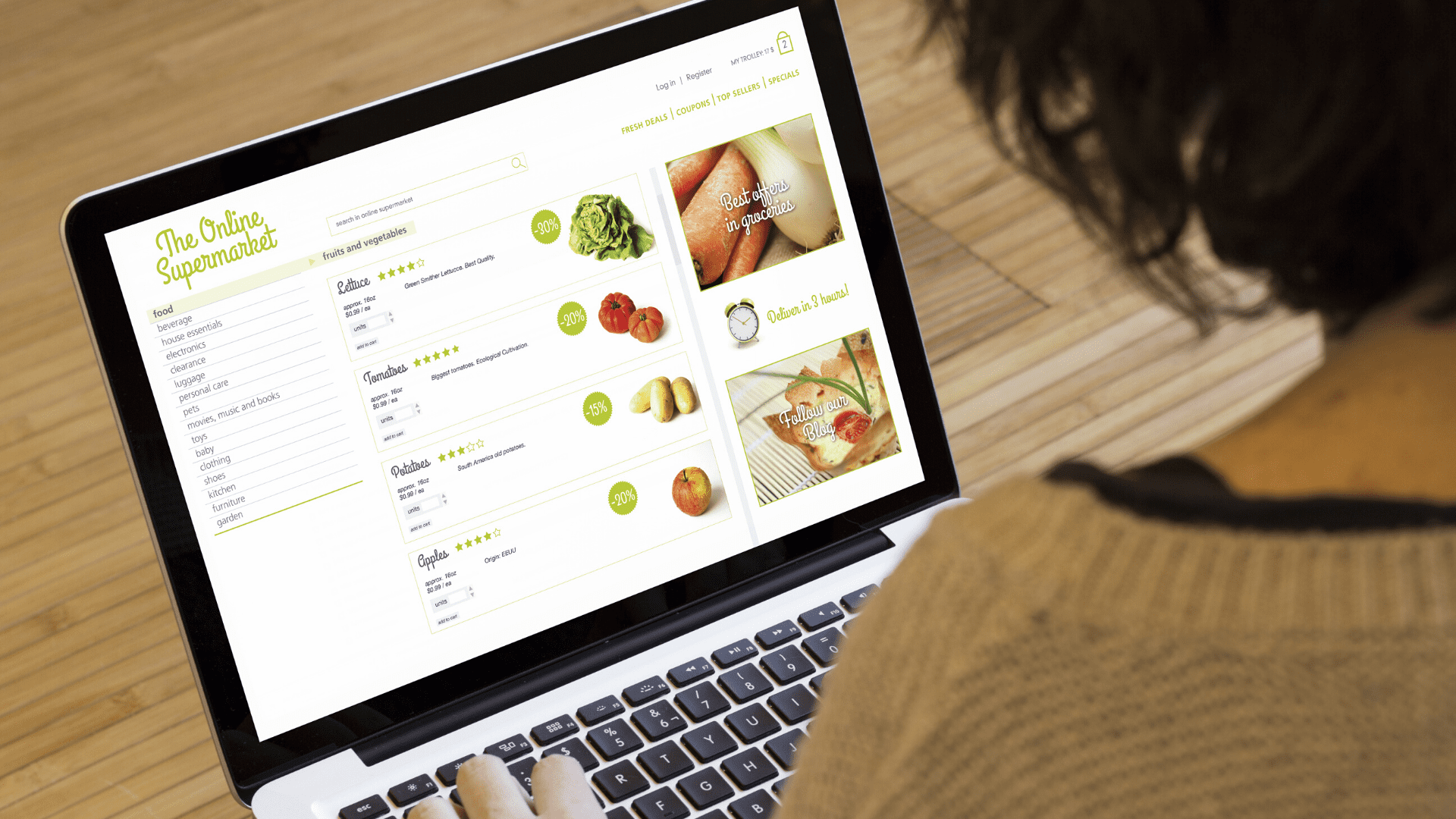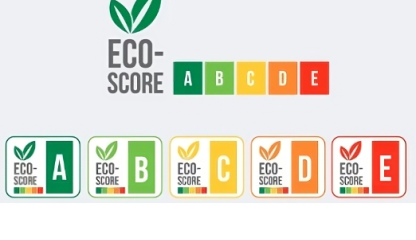In the food sector, sales are experiencing significant dynamics, especially in France, where e-commerce recorded a record growth during the crisis, with an increase of about 46% according to Kantar's data. To ensure the success of food product sheets, it is essential to adhere to rules similar to those applied to other product categories, such as household items or toys.
Basic information on a food product sheet is crucial
According to Salsify's 2022 Consumer Study, 45% of French consumers abandon their carts due to poor-quality product pages. Consumers find information on food products useful (83%) but often consider it incomplete (63%), not transparent (62%), insufficient (61%), and imprecise (58%).
For nearly half of French consumers, the composition, origin, and expiration date are the most important information about a food product. However, these details may not always be clearly available on food e-commerce sites. Some retailers struggle to collect minimal product data, compromising the optimization of their product sheets. It is crucial to check if regulatory elements such as the Nutri-score, mandatory on many products, are clearly displayed or lost among other information.
The first component of a product sheet is the descriptive text. It should include the product's features, composition, benefits, instructions for use, and usage tips. A detailed description is essential, as it has been observed that descriptions of products from leading brands are often 5 to 10 times longer than those of less successful brands on the same site.
When creating a product page, think like a customer. Identify the elements a customer wants to see on a product sheet by researching and listing the most common queries. Examining the product sheets of competitors, especially those better referenced, can also provide ideas to improve your own product sheets.
Visual content is a crucial element in enriching a food product sheet, providing consumers with a quick way to identify a familiar product at first glance.
Product images are one of the essential aspects of a food product sheet. Beyond traditional photos, it is wise to present the product in real contexts such as in a kitchen or on a plate, providing a more concrete perspective.
The use of interactive elements can also be beneficial in presenting certain features attractively. For example, comparative tables can explain the differences between a product and others in terms of sugar-free, organic, gluten-free, light, or a better Nutri-score. These elements allow customers to choose the most suitable product at a glance.
Finally, testimonials and reviews play a crucial role. Encourage satisfied customers to share their ratings and reviews on the product sheet. Reading or hearing the experiences of others who have already purchased the product is a powerful persuasion tool, especially in the context of online purchases where physical interaction is absent. Positive reviews build trust for potential buyers, particularly those making their first purchase, further encouraging them to choose the product.
Enriched content that optimizes a food product sheet
The more comprehensive the product sheets, the richer the customer experience, compensating for the inability to touch or see the product in person before purchasing. Concerning visuals, images of milk poured into a bowl of cereals have a higher persuasive power on consumers to buy cereals than more generic photos. The same applies to the representation of meat on wooden cutting boards. Beverages, as one of the most colorful product categories, offer an ideal opportunity to provide visually appealing content. Just like in-store, product presentation remains a crucial aspect of food distribution. According to Salsify's 2021 Consumer Study, 53% of buyers ranked the "quality of online product images and descriptions" among their top three factors when choosing where to shop.
Remember that the food sector is no exception to this rule. You can create categories, keywords, and images that reinforce the idea of mobility associated with certain products, such as "on the go," "backpack size," or "hiking." For performance indicators such as the Nutri-score and Eco-Score, the use of icons can be particularly effective.
Finally, integrating the brands' stories from your assortment into enriched content shows consumers a commitment to producing quality products, highlighting their specificities and features appreciated by customers. This strengthens the emotional connection between consumers and brands.
Source :
https://www.salsify.com/fr/resources/report/2022-salsify-consumer-research



